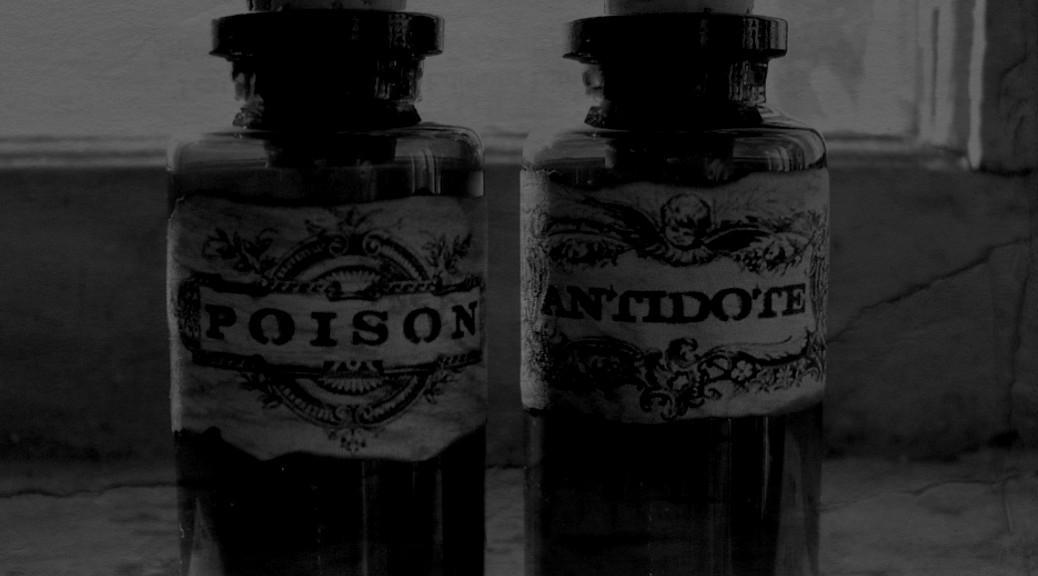Justice is resistance
On the afternoon of December 7, 2025, we attacked the torture chamber of the Kypseli Police Station on Thiras Street.
The cowards of the police station, so “brave” towards chained people, so “courageous” in sweeping migrants in Amerikis Square, realistically assessed their situation and locked themselves inside. It took them five whole minutes to come out…
Seventeen years and one day after December, we struck at the heart of Athens, in a center that they have turned into a fortress. Seventeen years in which violence, torture, and murders have not stopped for a moment. Seventeen years later, the same murderers with different faces. Sampanis, Fragoulis, Zackie, Lambros Fountas, Kamran, Maggos…
The combatants who go on the counterattack, who respond to the blows of the state, are neither superhuman nor unaware of the danger. They are your colleague at work, your fellow student in the next seat, the neighbor you greeted yesterday. You may have seen them yelling at their boss during some shitty season, demanding lower rent and humane neighborhoods, fighting against femicide, against the cops who murder. You’ve probably been caught up in a strike at some point. These are the people who, when enraged by injustice and violence, turn their anger into determination and a plan. They lay out maps, plot routes, and look for cameras. They fill bottles with gasoline, approach calmly, and set fire to police stations. This is how December 2008 was born, and November 1973 before it. With stubbornness and organization. With collective struggle against injustice.
Our attack was a direct response to the crescendo of police violence during the march on December 6, 17 years after the murder of student Alexandros Grigoropoulos by cops Korkoneas and Saraliotis.
“[…] At the end of the afternoon protest, at around 8:05 p.m., a group of approximately 400 individuals, carrying sticks and anti-gas masks, violently attacked riot police squads at the intersection of Panepistimiou and Emmanouil Benaki streets. […] ”
This was announced by the police and reproduced without a trace of skepticism by 90% of the media, from the center-left (news247.gr) to the far-right (Proto Thema). So what if dozens of videos show exactly the opposite, namely the violent attack by riot police on the march, the chemical warfare, the brutal beating of even protesters who had already been arrested.
To the media: Reproducing the police’s announcements verbatim in the current climate and circumstances is not simply poor journalism. It is a conscious choice to support and be complicit in barbarism. Every era has its Nuremberg, and every Nuremberg has its Streicher.
The police’s decision to ban the December 6 march, with heavy injuries and arrests, did not come as a bolt from the blue. It is a path that began with the pandemic and the handling of demonstrations at that time, culminating in the dissolution, under extreme conditions, of the march in memory of anarchist comrade Kyriakos Xymitiris.
The wind is changing, the signs are warning of a storm
We could be tempted to see this intensification of repression as typical right-wing state management. It would not be difficult. Even before its current complete dismantling, the crippled Hellenic Republic was not renowned for its “robust institutional checks and balances” or its “healthy democratic institutions.” The Greek regime is perfectly suited to a capitalist formation where the upper echelons are made up of smuggling shipowners and the mafia, while the lower echelons are staffed by anti-Lombard figures such as Frapes, Magierias, and Semertzidou.
However, the political and economic crisis is permeating the “liberal” West vertically and horizontally.
In the US, France, Germany, and the UK, governments change but policies remain the same. Profits for the few, poverty for the many, support for genocide in Palestine at any cost. Hand in hand with poverty goes the violence of the bosses, the violence of the police. The post-WWII redistributive model is dead, the possibility of exporting internal contradictions to the Third World has been limited. The capitalist “flight forward,” the future they are preparing for us is to go and fight—in truth, to die—for our country.
We must confront this darkness, politically and practically, because if the enemy wins, there will be no safe rear. Along with our stubbornness and will to fight, we must reintroduce organization, strategy, and tactics into our vocabulary. We must strike at the bosses and their henchmen, protect social/class struggles from repression.
BLOOD IS FLOWING, REVOLT IS CALLED FOR
SOLIDARITY WITH THOSE PERSECUTED FOR THE AMPELOKIPI CASE
THE ARMED REBEL KYRIAKOS XYMITIRIS ALWAYS PRESENT IN OUR STRUGGLES
– Anarchists
Source: athens.indymedia



